What would Taiwan need to fight China? The United States has sent Ukraine vast quantities of man-portable anti-tank weapons, including the FGM-148 Javelin and AT4; but also significant numbers of M777 155mm Howitzers and some twenty M142 HIMARS, which have all played a role in driving back the Russian invaders. The Department of Defense is now working to replenish stockpiles, and as a result, Ukraine will likely receive older platforms such as the TOW missile and 105mm Howitzers.
There has been a concern that so many weapons have been sent to Ukraine that the United States might have a hard time aiding Taiwan, should the self-ruling island face an invasion. Beijing considers it a breakaway province and maintains a policy that the island will be returned to mainland rule by force if necessary.
However, the conflict would likely be quite different.
Taiwan would face an invasion by sea, whereas Russia was able to mass ground forces in the weeks before it launched its unprovoked and unwarranted invasion. Ukraine needed and successfully employed anti-tank weapons, which effectively stopped Russian efforts to seize Kyiv and other population centers.
Differing Opinions on How to Defend Taiwan
Military leaders already have differing opinions on how best to prepare the island to confront a full-on invasion. Taiwan has seen its submarines as critical to slowing down an invasion, and perhaps even making it a costly endeavor. While Taipei’s current fleet of subs can be best described as antiquated, it has begun a massive modernization effort that will include a number of cutting-edge diesel/electric boats that could prey on the People’s Liberation Army Navy (PLAN) warships in the noisy waters of the Taiwan Straits.
The United States and Taiwan agree in principle that the island must maintain a resolute stance and that it is prepared for an invasion. To that end, Washington has pressed Taiwan to continue to invest in the latest military hardware. The Biden administration has strived to turn Taiwan into a giant arms depot that has the means to blunt an invasion and keep the enemy from securing a beachhead.
Yet, with any invasion, driving that enemy back into the sea is the ultimate defensive goal. Nothing says failure quite like the scene of bodies floating in the ocean!
At issue is how to best prepare for an invasion, especially considering that there hasn’t been such an amphibious landing on such a scale since the Battle of Inchon during the Korean War. Moreover, the United States hasn’t been on the defensive against such an attack since the Philippines Campaign a decade earlier in 1942.
However, it is worth noting that the Chinese military has never launched such an invasion, and lacks enough vessels to support the men and materials. It is reported it would likely utilize civilian car ferries – vessels hardly suited to a combat zone.
Aid Package
In September, the United States announced a $1.1 billion arms package for the self-governing island, which drew the ire of Beijing.
The aid, which was the largest approved under the current administration, included $665 million for contractor support to maintain and upgrade a Raytheon early radar warning system in operation since 2013. It is critical in warning Taiwan about an incoming attack. In addition, Taiwan will acquire sixty Harpoon Block II missiles, which are able to track and sink incoming vessels, as part of a $355 million deal – while the Taiwanese military will also receive some 100 Sidewinder missiles, a mainstay of Western militaries.
“This arms sale will not only help our soldiers fight against grey zone coercion, but it will also enhance the island’s early warning capabilities against long-range ballistic missiles,” said Taiwanese Presidential Office spokesman Chang Tun-han in a statement.
The Bigger Issue – Keeping Taiwan Supplied
It isn’t just what Taiwan may need to stop an initial invasion, but how it could possibly be resupplied should the PLAN even begin an attack. It would be impossible to supply the island by sea, even if the seas were open as the U.S. lacks the vessels to move the material required. With the air at best contested, Taipei could be cut off as soon as the invasion begins.
Thus Taiwan needs to be transformed into a fortress that can stop an invasion before a beachhead is established. Otherwise, its military would be forced to retreat into the mountainous jungle interior or fight block by block for the urban centers that dot the island’s perimeter.
All that said, an invasion wouldn’t be easy for the People’s Liberation Army either, which is why more than seven decades have passed since the Chinese Nationalists retreated to the island. Beijing likely knows that taking it would result in Taiwan’s near-complete destruction, cost hundreds of thousands of lives, and leave it in a weaker state. Yet, for Taiwan to ensure that it is able to maintain its independence it must plan for the unthinkable.
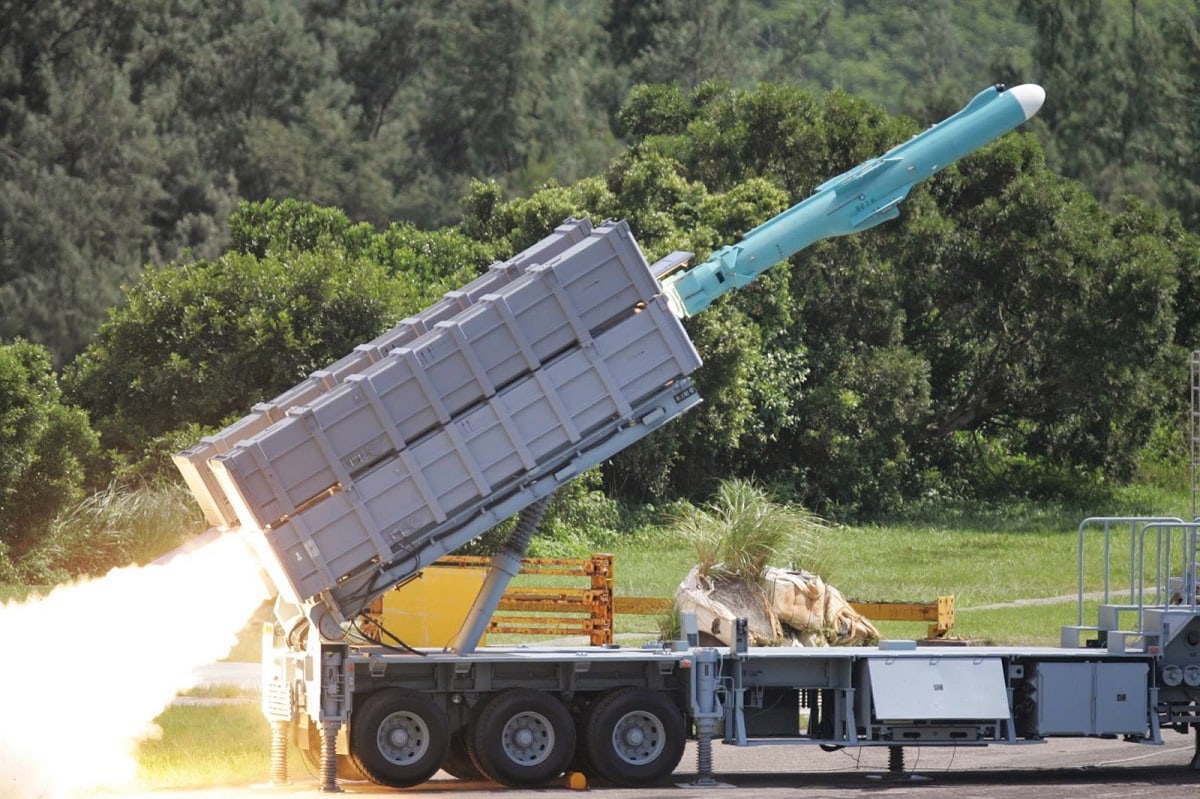
Missile Launcher in Taiwan. Image: Creative Commons.
Only by making it near impossible for an invasion to be anything but easy can Taiwan hope to ensure Beijing never launches one.
Bonus: F-22 Photo Essay
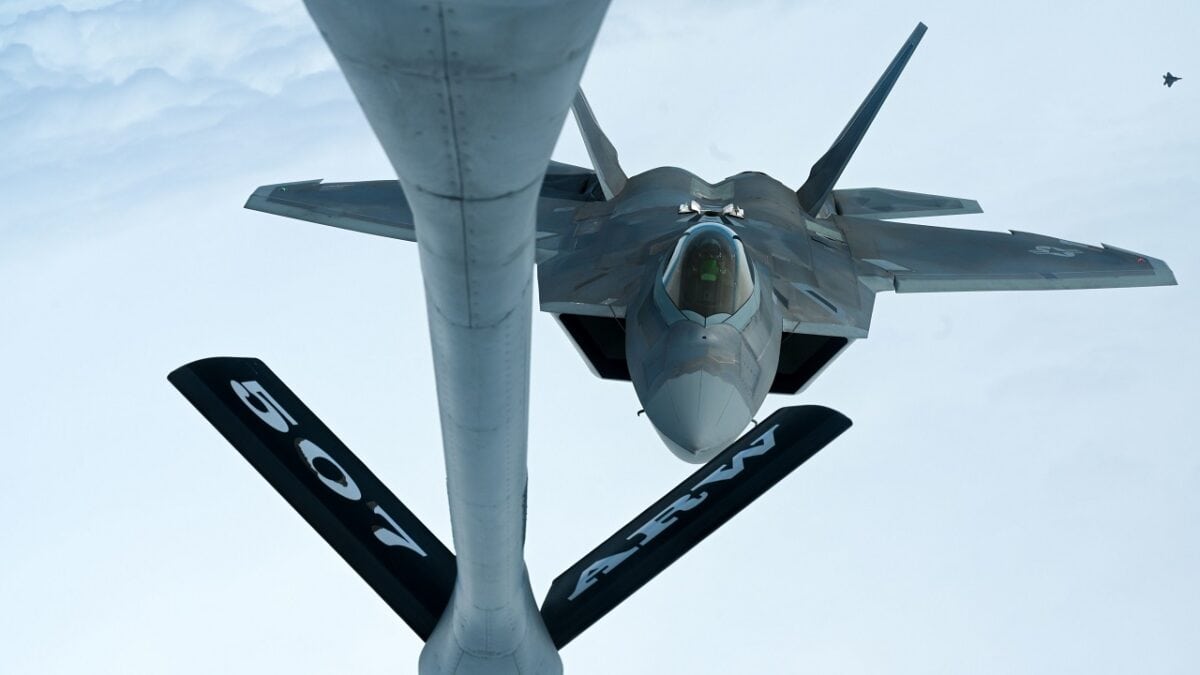
Eight F-22 Raptors with the 325th Fighter Wing at Tyndall Air Force Base, Florida, receive fuel from a KC-135 Stratotanker from the 507th Air Refueling Wing from Tinker Air Force Base, Oklahoma, Feb. 7, 2022, while the Okies flew to the U.S. Virgin Islands for training. (U.S. Air Force photo by Lauren Kelly)
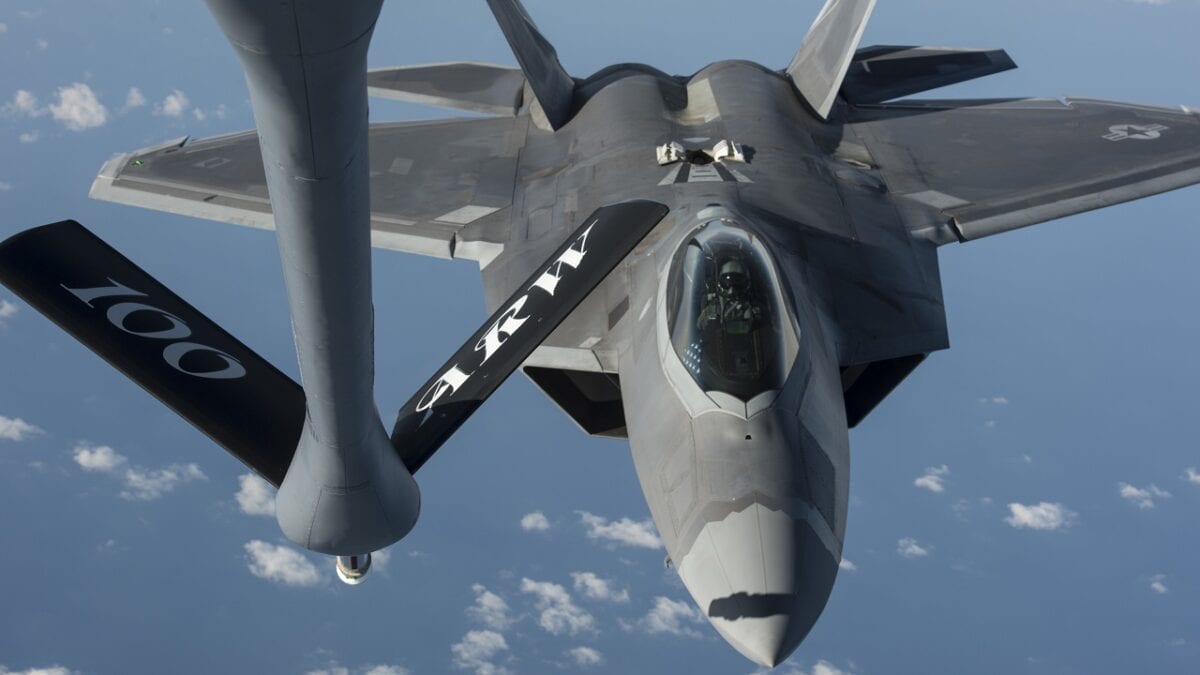
A U.S. Air Force F-22 Raptor from the 95th Fighter Squadron, Tyndall Air Force Base, Fla., moves into position behind a KC-135 Stratotanker from the 100th Air Refueling Wing, RAF Mildenhall Air Base, England, to conduct aerial refueling Sept. 4, 2015, over the Baltic Sea. The U.S. Air Force has deployed four F-22 Raptors, one C-17 Globemaster III, approximately 60 Airmen and associated equipment to Spangdahlem Air Base, Germany. While these aircraft and Airmen are in Europe, they will conduct air training with other Europe-based aircraft. (U.S. Air Force photo by Tech. Sgt. Jason Robertson/Released)
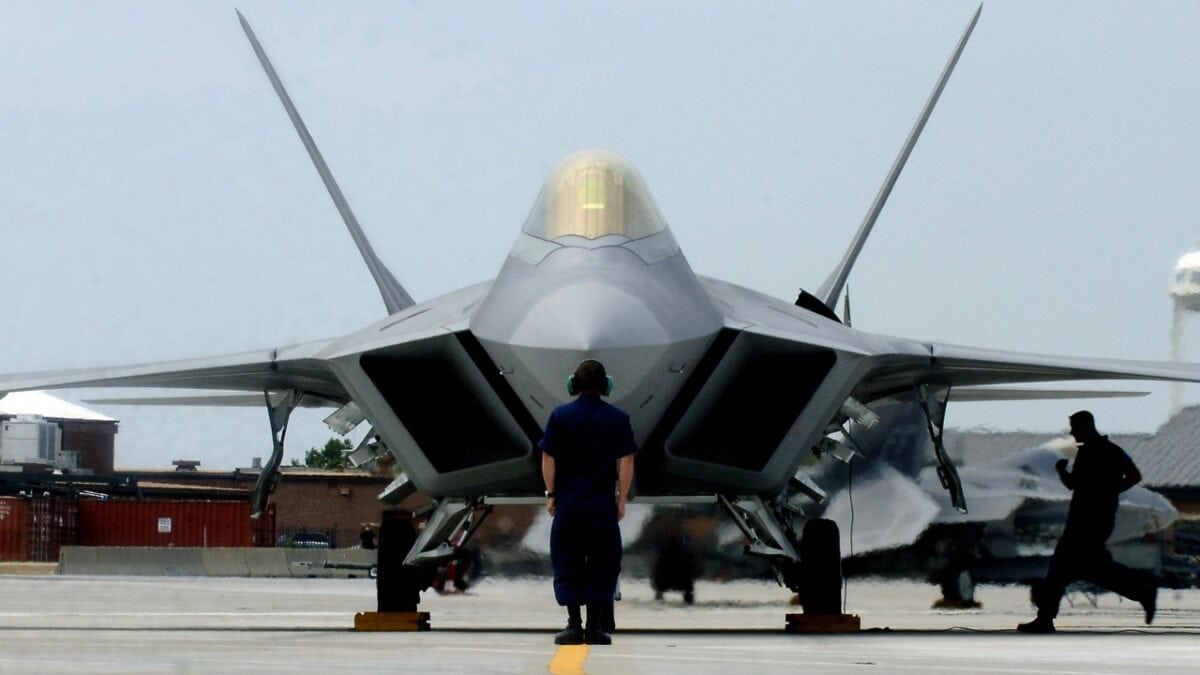
F-22 A Raptor Demonstration Team aircraft maintainers prepare to launch out Maj. Paul “Max” Moga, the first F-22A Raptor demonstration team pilot, July 13. (U.S. Air Force photo/Senior Airman Christopher L. Ingersoll)
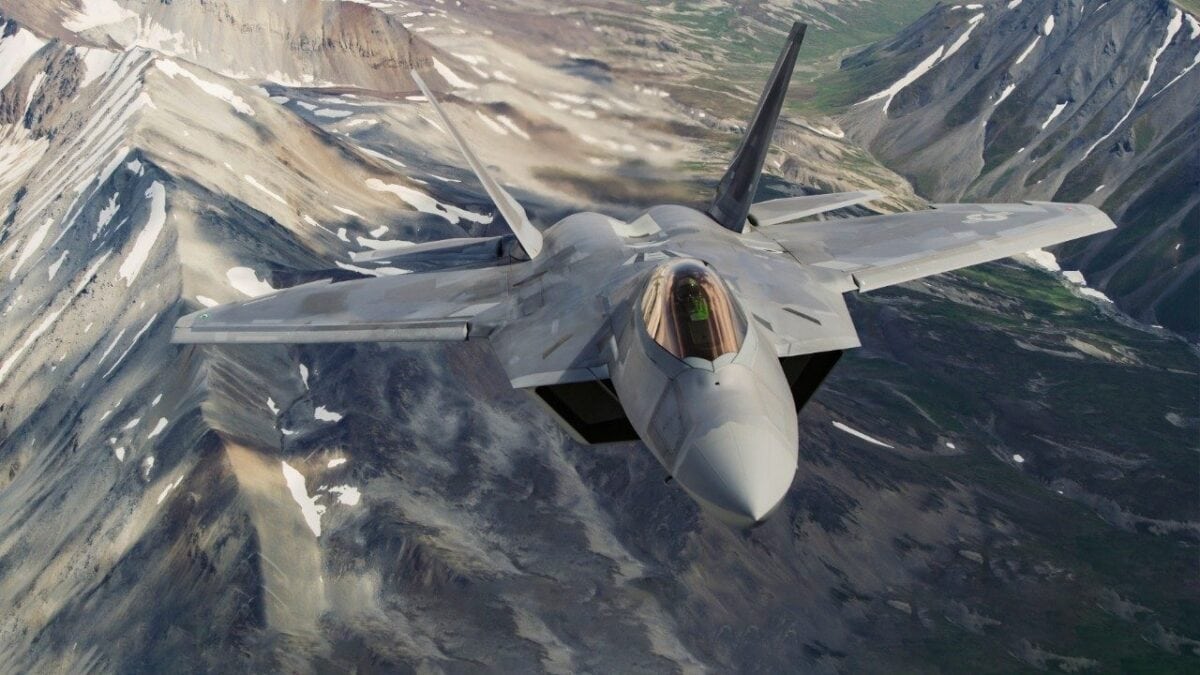
F-22 Raptor. Image Credit: Creative Commons.
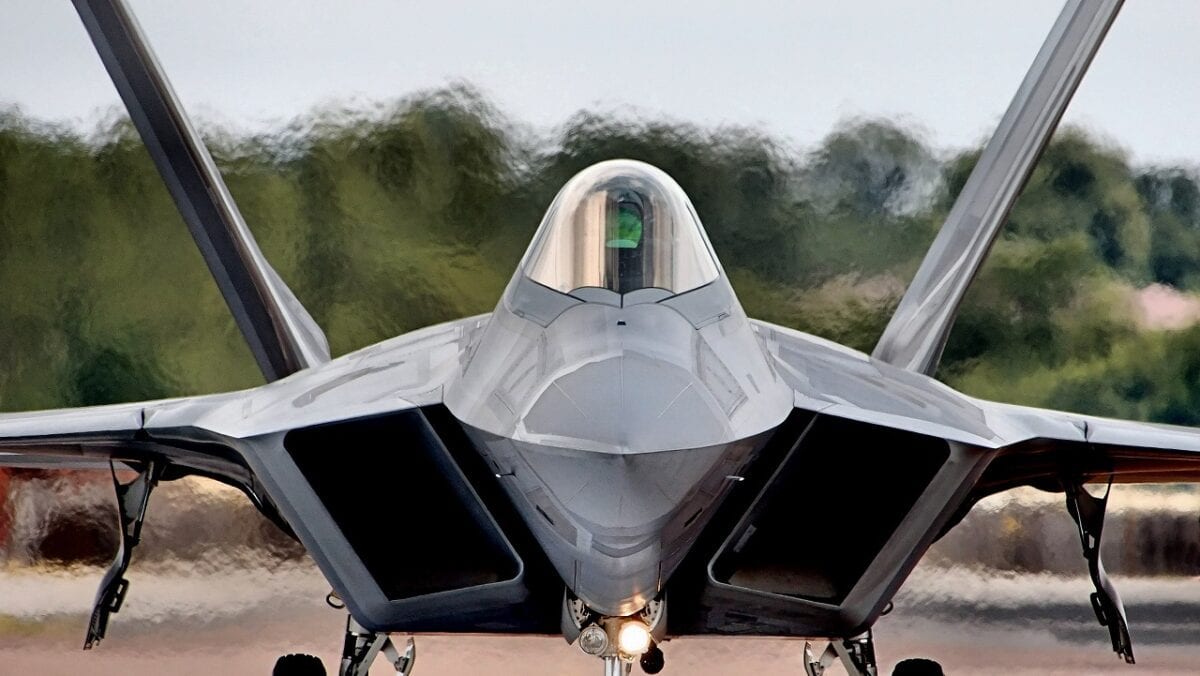
F-22 Raptor. Image Credit: Creative Commons.
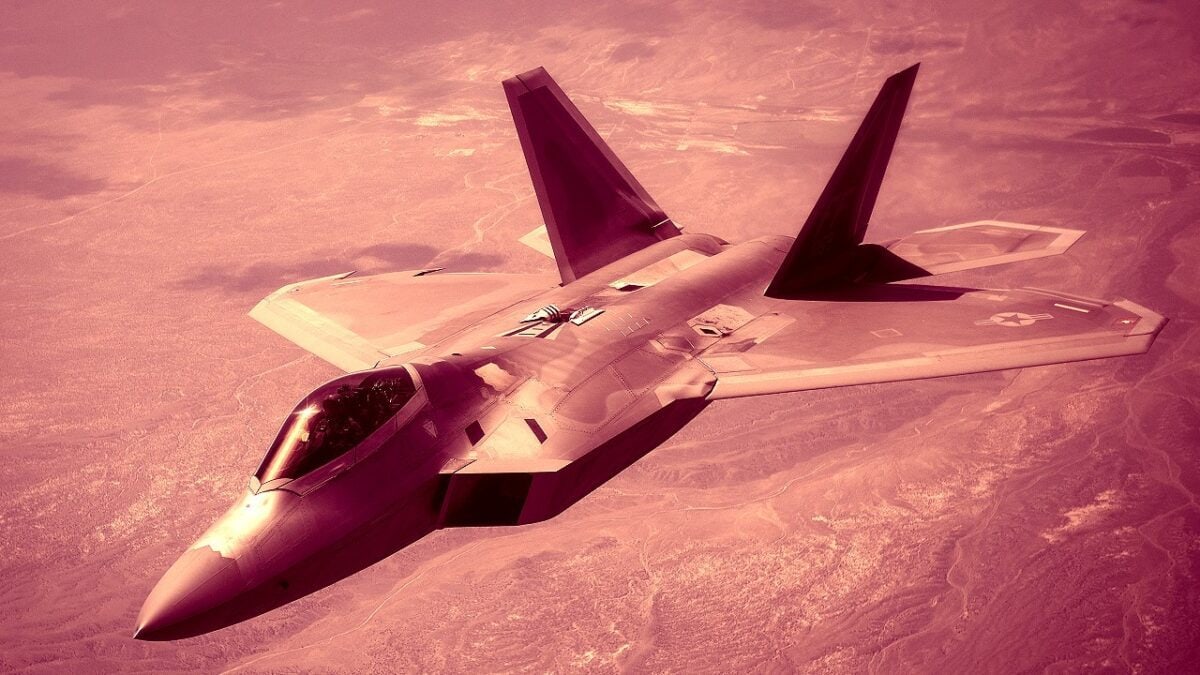
F-22 Raptor. Image Credit: Creative Commons.
A Senior Editor for 19FortyFive, Peter Suciu is a Michigan-based writer. He has contributed to more than four dozen magazines, newspapers, and websites with over 3,000 published pieces over a twenty-year career in journalism. He regularly writes about military hardware, firearms history, cybersecurity, and international affairs. Peter is also a Contributing Writer for Forbes. You can follow him on Twitter: @PeterSuciu.

